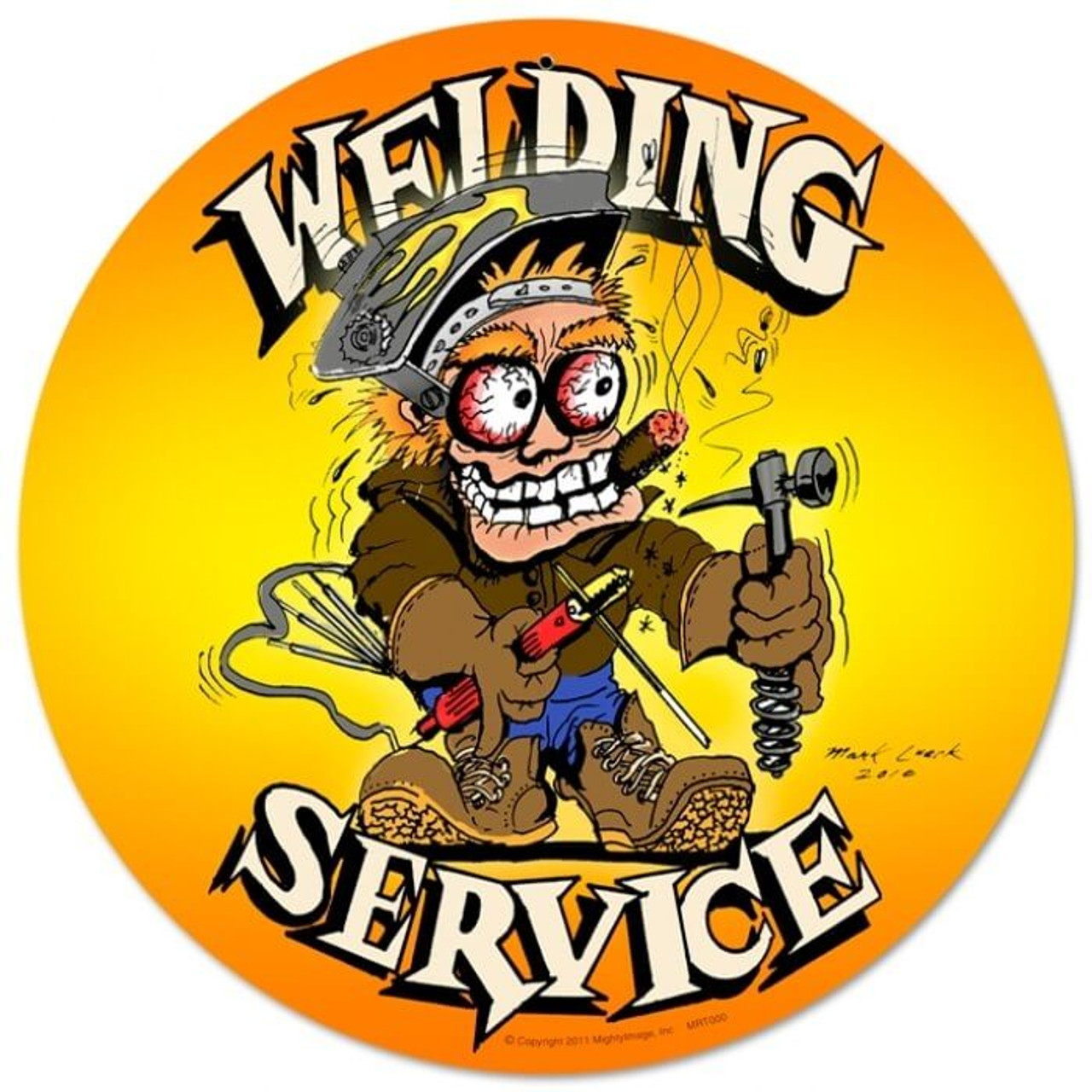Precise Welding Inspection Service for Metal Fabrication
Precise Welding Inspection Service for Metal Fabrication
Blog Article
Recognizing the Numerous Kinds Of Welding Techniques and Services Offered

Introduction of Welding Strategies
Welding methods incorporate a varied series of approaches made use of to sign up with materials together permanently. One common technique is arc welding, which involves creating an electrical arc in between an electrode and the base product to thaw and fuse them together. This method is versatile and can be utilized with different steels, making it among the most widely utilized welding procedures.

In addition, TIG welding, or Gas Tungsten Arc Welding (GTAW), is a tidy and specific welding method that uses a non-consumable tungsten electrode to create the weld. TIG welding is commonly used for thinner materials and supplies superb control over the welding procedure. Overall, understanding these numerous welding methods is crucial for picking the most appropriate technique for various jobs.
Typically Made Use Of Welding Methods
One of the most commonly used methods is Gas Steel Arc Welding (GMAW), likewise understood as MIG welding. Another usual technique is Protected Metal Arc Welding (SMAW), or stick welding, which utilizes a flux-coated electrode to produce the weld - Welding Inspection Service. Flux-Cored Arc Welding (FCAW) is commonly utilized in industrial settings due to its high welding rate and transportability.
Advanced Welding Solutions
Structure upon the foundation of commonly utilized welding techniques, the world of sophisticated welding services incorporates cutting-edge methods and innovations that push the borders of precision and effectiveness in product joining processes. Advanced welding solutions usually include specialized methods such as laser welding, electron light beam welding, and rubbing stir welding. Laser welding uses an extremely concentrated light beam of light to exactly sign up with steels with marginal heat-affected zones, making it excellent for delicate or intricate parts. Electron light beam welding, on the various other hand, uses a high-velocity electron beam to develop deep weld penetrations in products like aerospace alloys or different steels. Friction stir welding, a solid-state joining process, makes it possible for the welding of materials that are testing to fuse making use of traditional methods, like light weight aluminum and copper. These sophisticated strategies supply boosted control over the welding procedure, causing more powerful, a lot more sturdy welds with reduced distortion and boosted general quality.
Specialized Welding Methods

One more specialized welding technique is laser light beam welding, where an extremely concentrated beam is used to sign up with steels with marginal heat-affected zones and distortion. This technique is commonly used in sectors requiring high precision and cleanliness, such as electronics and clinical device manufacturing. Additionally, eruptive welding is an unique strategy that makes use of controlled dynamites to bond dissimilar metals with each other, creating solid and trusted joints. These specialized welding methods display the diversity and technology present in the field of welding, supplying more information remedies for a large range of commercial applications.

Choosing the Right Welding Process
Choosing the appropriate welding procedure is critical in achieving ideal outcomes in steel construction and joining operations. With different welding strategies available, it is critical to take into consideration factors such as the kind of steel, thickness, joint layout, and desired end outcome when choosing the right welding process - Welding Inspection Service. Among the usual welding methods are Gas Metal Arc Welding (GMAW), Protected Metal Arc Welding (SMAW), Gas Tungsten Arc Welding (GTAW), and Flux-Cored Arc Welding (FCAW) GMAW, likewise referred to as MIG welding, is ideal for welding thin to thick steels and is functional in different placements. On the various other hand, SMAW, or stick welding, is a reputable method for outdoor and field welding due to its transportability and simplicity. GTAW, or TIG welding, is excellent for welding slim materials and offers accurate and high-quality welds. FCAW is favored for welding thick products and is recognized for its high welding speeds. Understanding like this the features of each welding process is essential in choosing the most appropriate method for a details welding job.
Conclusion
Finally, recognizing the different sorts of welding methods and services offered is necessary for choosing the right technique for a certain project. By understanding the frequently used welding techniques, progressed welding services, and specialized strategies, people can make educated decisions to guarantee the success of their welding projects. It is essential to take into consideration factors such as materials, project demands, and budget when selecting one of the most ideal welding process.
From conventional methods like stick welding to sophisticated processes such as laser welding, the world of welding provides a plethora of options for signing up with metals together.Additionally, TIG welding, or Gas Tungsten Arc Welding (GTAW), is a tidy and accurate welding method that utilizes a non-consumable tungsten electrode to create the weld. Advanced welding solutions usually include specialized methods such as laser welding, electron beam welding, and rubbing stir welding. Among the common welding approaches are Gas Steel Arc Welding (GMAW), Shielded Metal Arc Welding (SMAW), Gas Tungsten Arc Welding (GTAW), and Flux-Cored Arc Welding (FCAW) By being mindful of the generally utilized welding methods, progressed welding solutions, and specialized methods, individuals can make enlightened choices to make certain the success of their welding projects.
Report this page